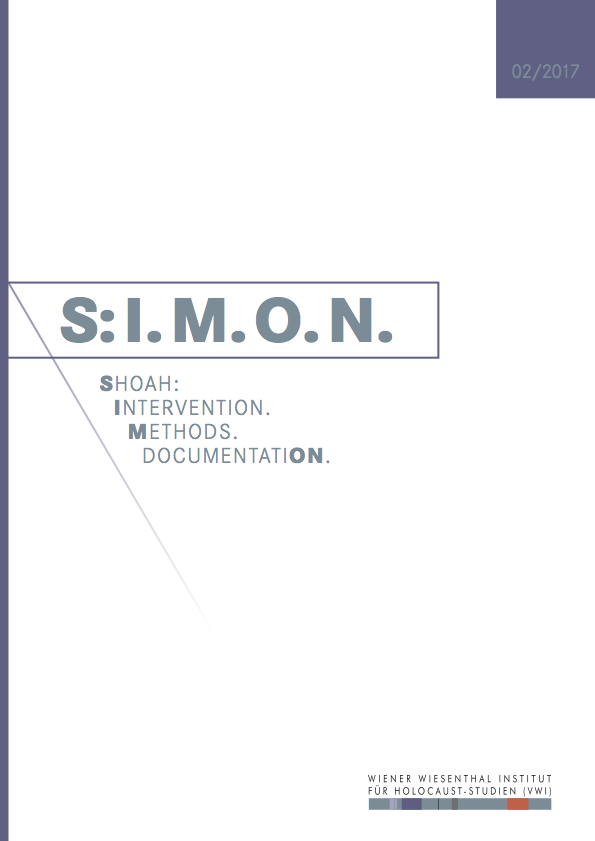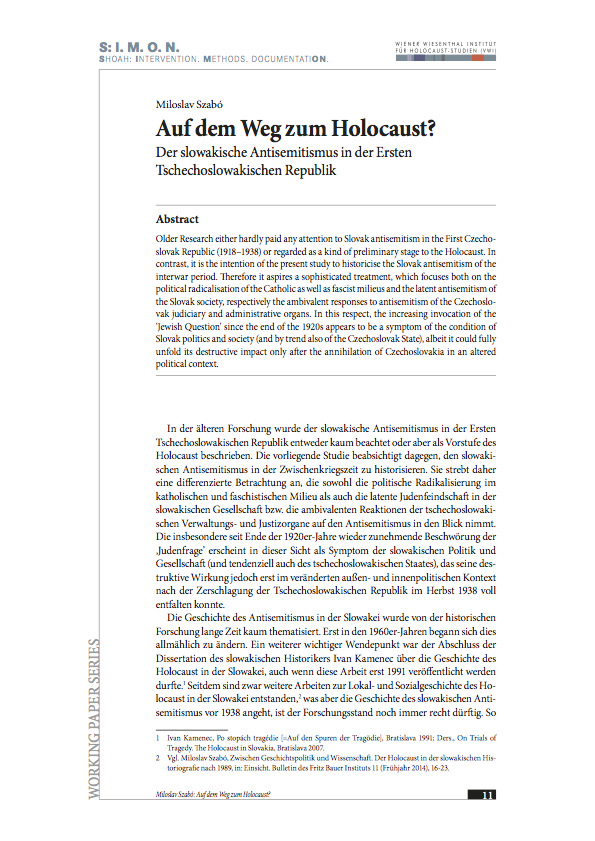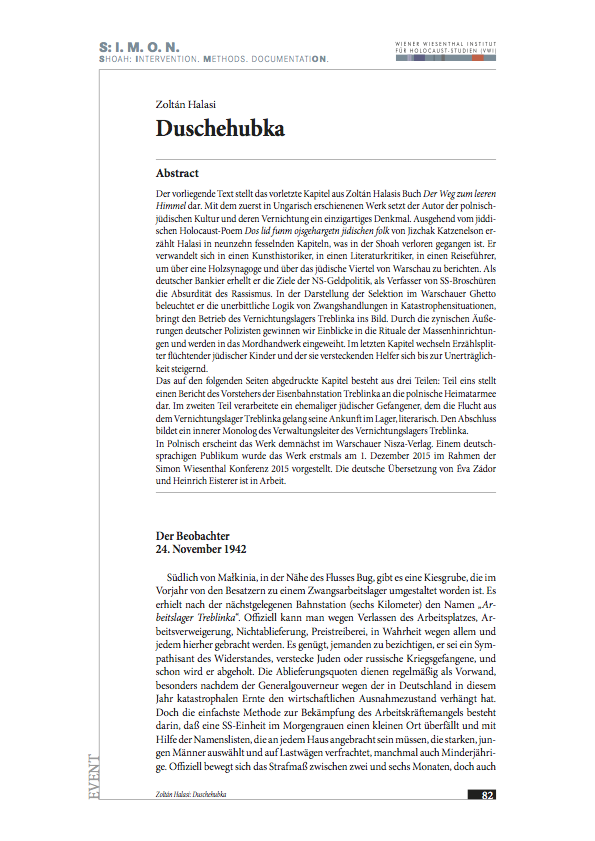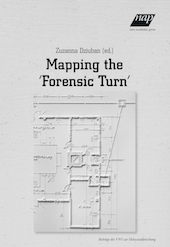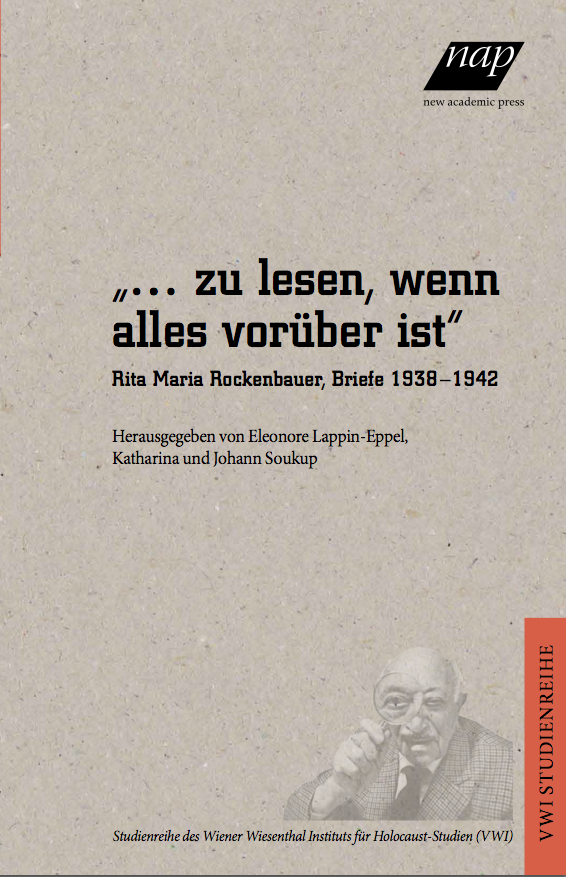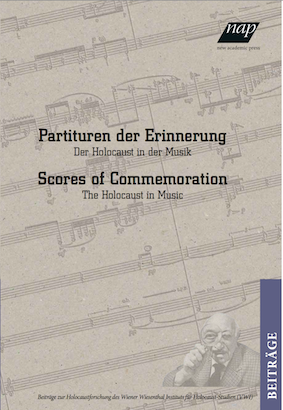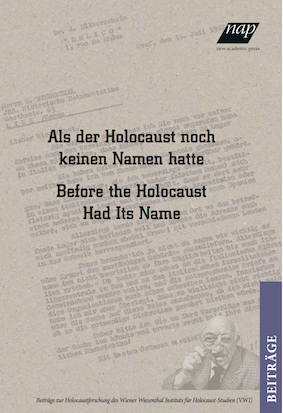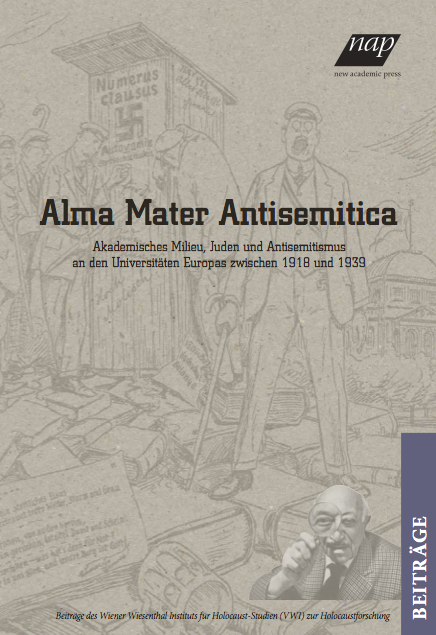„... zu lesen, wenn alles vorüber ist".
Rita Maria Rockenbauer, Briefe 1938-1942
Die vorliegende Sammlung enthält die Briefe, die Rita Maria Rockenbauer in den Jahren 1938–1942 an ihren Mann schrieb. Sie reflektieren den vergeblichen Kampf einer jungen jüdischen Frau aus Wien um die Liebe ihres Mannes und um ihr Überleben. Die meisten Briefe schrieb Rita Rockenbauer während ihrer Internierung im Sammellager Wien 2., Kleine Sperlgasse 2a und schmuggelte sie zu ihrem von ihr bereits geschiedenen Mann Emil Rockenbauer hinaus. Der letzte Brief entstand unmittelbar vor ihrer Deportation nach Maly Trostinec. Hinter den Briefen verbirgt sich eine verstörende Geschichte von Gier und Verrat aus dem nationalsozialistischen Wien, deren Opfer Rita Rockenbauer wurde und die die Gerichte in der NS-Zeit und in den ersten Nachkriegsjahren beschäftigte.
Eleonore Lappin-Eppel ist wissenschaftliche Mitarbeiterin am Zentrum für jüdische Kulturgeschichte und am Institut für Kulturwissenschaften und Theatergeschichte der Österreichischen Akademie der Wissenschaften.
Katharina und Johann Soukup sind durch ihre Freundschaft mit Emil Rockenbauer und seiner zweiten Frau in den Besitz der schriftlichen Zeugnisse von Rita Maria Rockenbauer gelangt. 2010 haben sie die Gedichte der Autorin herausgegeben. Nun folgen die Briefen, die den literarischen Nachlass ergänzen.
Wien 2014
Erhältlich im gut sortierten Buchhandel oder direkt bei new academic press.


